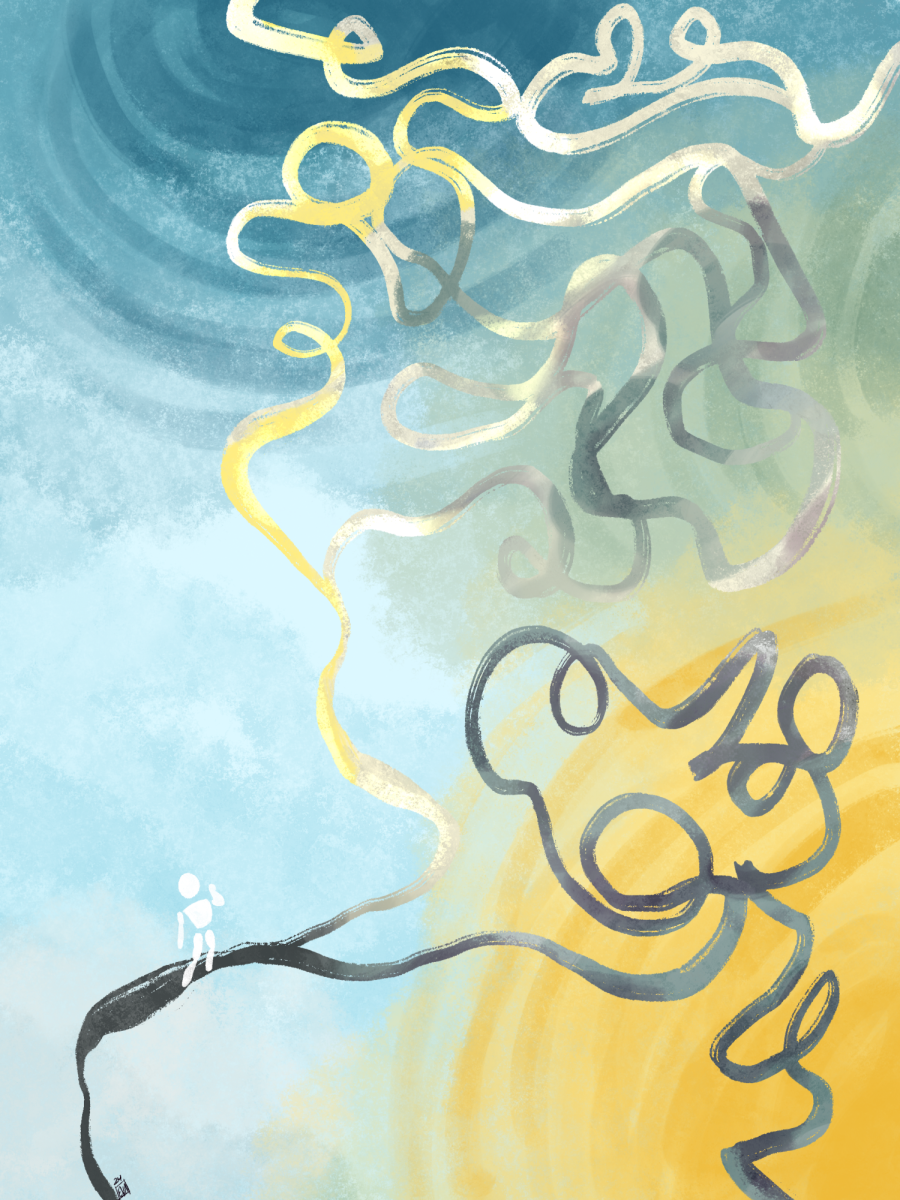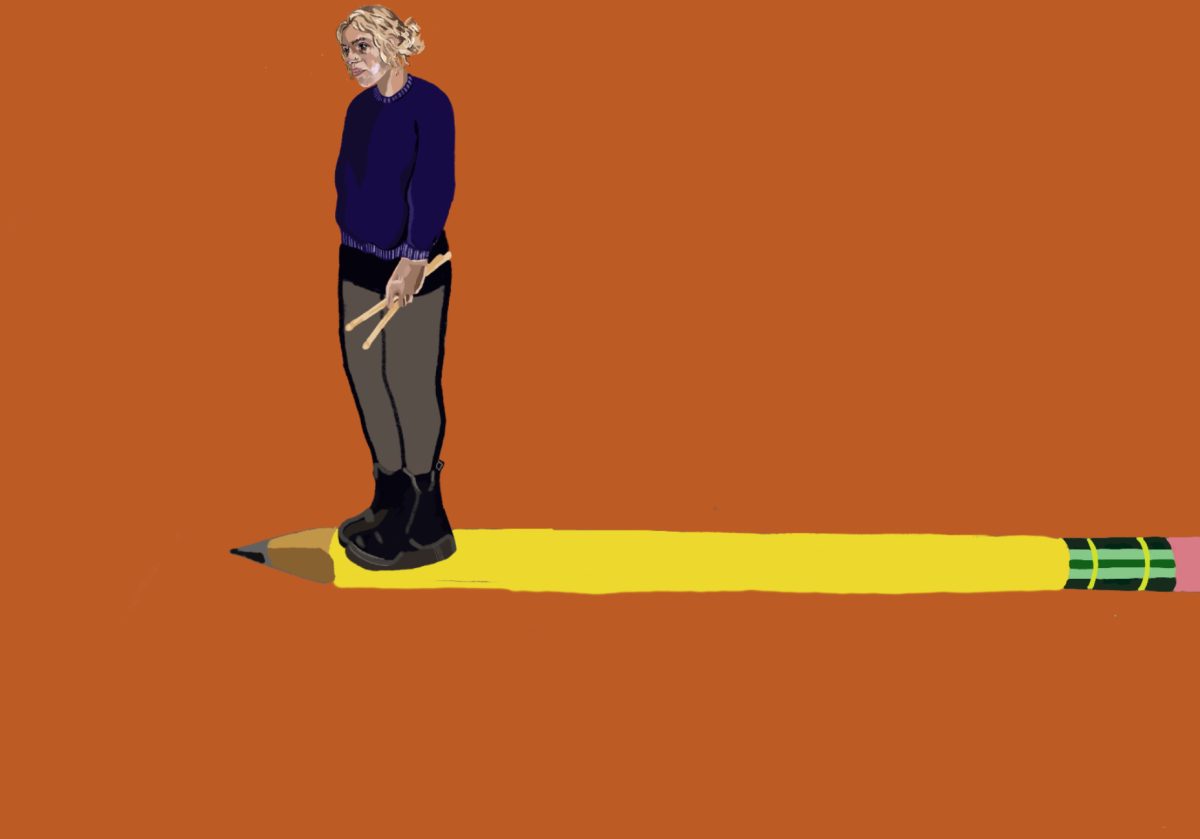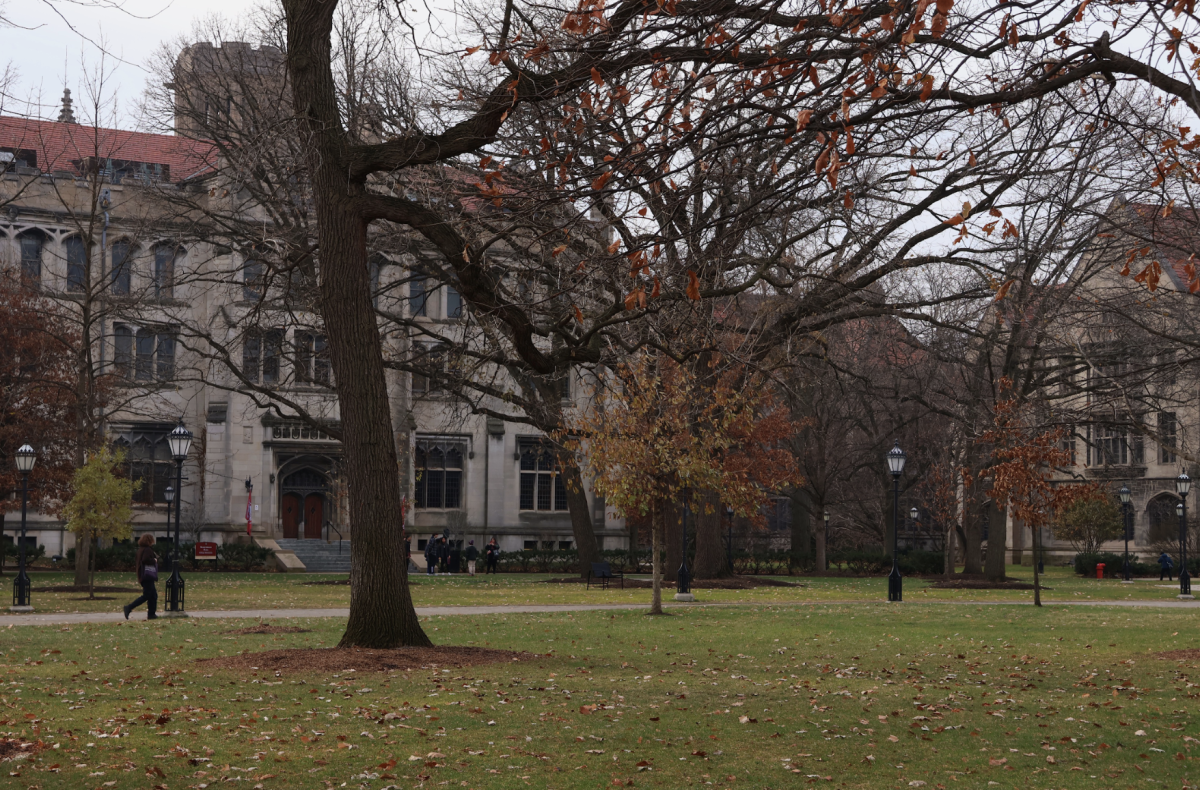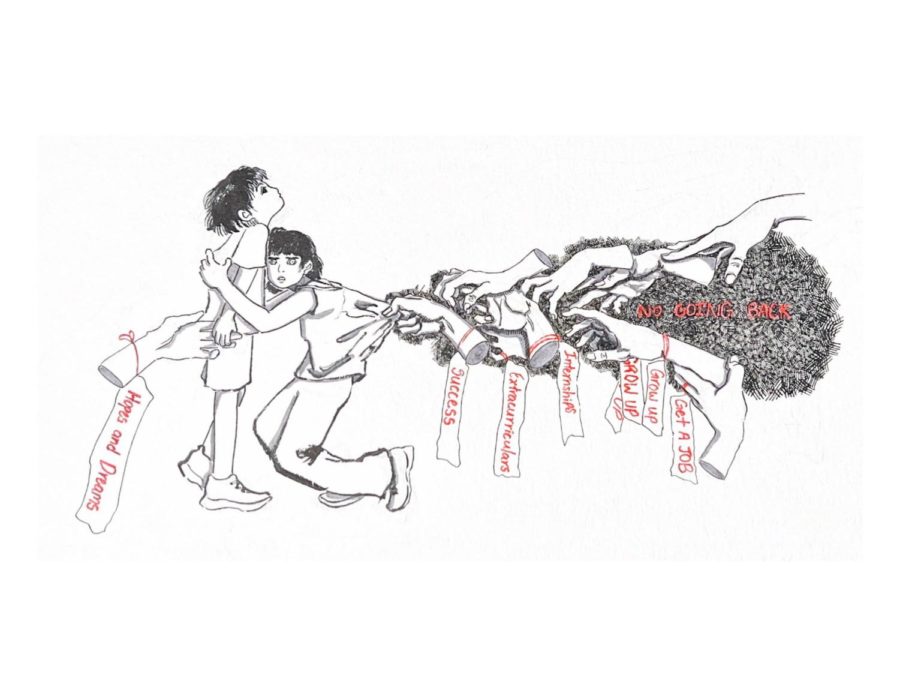The University’s Gothic quad and extensive Core curriculum appeal to more than just high school juniors and seniors. Every year, the University receives hundreds of transfer applications from college students across the globe, who are drawn to the academically rigorous environment and tight-knit community that the University boasts. However, the University does not extend the same level of interest to its transfer students, who are treated as mere afterthoughts once they arrive on campus.
Touting an average 5.4 percent transfer-student acceptance rate, the University makes it clear that it doesn’t take transfer acceptances lightly. Transfer applicants go through a disorienting and harsh process, requiring transcripts, recommendations, and test scores spanning back from high school. And as a result of the growing high school applicant pool, transfer acceptance rates have plummeted in recent years. There’s somewhere between zero and 30 transfer students admitted per year, out of class sizes between 1,400 and 1,600.
Despite the competitive nature of the transfer process, the University proceeds to “welcome” these students in a rather unwelcoming manner. Until this year, there was no formal orientation program for transfer students. Aside from a minor luncheon hosted so current transfer students could meet each other, the administration has had little interest in providing resources for students to adjust to the academic and social complexities of the University.
Anna Li, a fourth-year and transfer student, organized the first transfer student orientation program for the Class of 2021’s incoming transfer students. Having experienced the process herself, she explained, “There were few resources for us. There’s a learning curve for maturity and navigating social spaces that a lot of transfer students have already experienced. It was frustrating and disorienting to come in and do orientation with the first years.”
While Li’s work has created a platform for transfer students to familiarize themselves with the University, the administration fails to consider many aspects of the transfer student experience. The portal for transfer students in the Class of 2021 included a housing form that many transfer students filled out, expecting to have on-campus housing in their first year. However, on July 12, only two months before the start of the academic year, they were sent an e-mail saying that the form was a technical error and that there wasn’t space in College Housing for them at all.
Transfer students were outraged and shocked by this oversight. As one explained to me, “I was really surprised by not getting housing. It was definitely dishonest on the University’s part. It seemed like there was a miscommunication between housing and admissions that left us in stressful and unfair circumstances.”
Given the University’s emphasis on the importance of house culture, it’s odd that they leave transfer students outside of this community. While the administration explained that there was not enough housing available to accommodate the Class of 2022, separating transfer students from the dorms made it clear that they were not considered to be part of a pillar of the campus community. As a transfer student in the Class of 2021 told me, “It’s very easy to make friends when you’re living on campus and everybody is interested in that. I got kept far away with little to no students. It’s tougher to make friends and has definitely impacted my social life. I feel like I am not a part of UChicago’s community sometimes.”
While many transfer students were attracted to the University for its rigorous academics, they weren’t expecting so many academic hurdles. The University notoriously takes few transfer credits from other universities and colleges. While some universities that students transfer from might not offer comparatively challenging classes, this leaves transfer students in a frustrating position. One student explained that out of his 23 credits from another college, the University only accepted 12 for general elective classes and one for his major.
Furthermore, there’s an evident lack of communication and methodology to how the administration doles out transfer credits. A transfer student, majoring in economics, explains that she went to the statistics department to see if they would accept some transfer credits for a minor, only for them to inform her that they never received any of her materials or documentation for those classes. Instead, they were sent to the economics department. This student was baffled as to why the economics department would decide the merit and value of her statistics classes. These cases demonstrate that the administration does not have a clear or definite strategy to taking transfer credits, allowing departments to make arbitrary and often inexplicable decisions. Carelessness and miscommunication characterize most of the University’s interactions with this community.
With so few transfer credits accepted, transfer students face the ultimate challenge of graduating on time. This is made all the more difficult because the administration requires transfer students to graduate by the year of intended graduation from their previous university. However, this information is not made clear to the affected students. Many transfer students explained that they were largely unaware of this until their academic advisers informed them once they had arrived on campus. Already forced to quickly commit to a major while speeding through the Core at the same time, transfer students must endure the additional challenge of a timeline working against them. Many end up petitioning for extra quarters, creating another stressor in a campus culture already infamous for its high-intensity academics.
The reality of this unbalanced system creates unforeseen consequences for transfer students. Another transfer student explained: “In the registration system I am recognized as a first-year. When I try to register for classes, I don’t have the same priority as second-year students because I’m seen as a first-year in the system. I tried to get into an econometrics class, for my major, and couldn’t get in because the system recognized me as a first-year.”
Ultimately, the University has disregarded some of the people who are most passionate about its academic, social, and intellectual culture. Transfer students often feel that it is a privilege to be accepted, but the administration does not feel the same toward them. Constructing social and academic barriers, the administration makes the process of transferring schools emotionally and mentally taxing. While some efforts have been made to remedy this situation, most have stemmed from transfer students themselves. The University must improve its policies on transfer students to truly create the nurturing environment it claims to maintain.
Brinda Rao is a first-year in the College.








